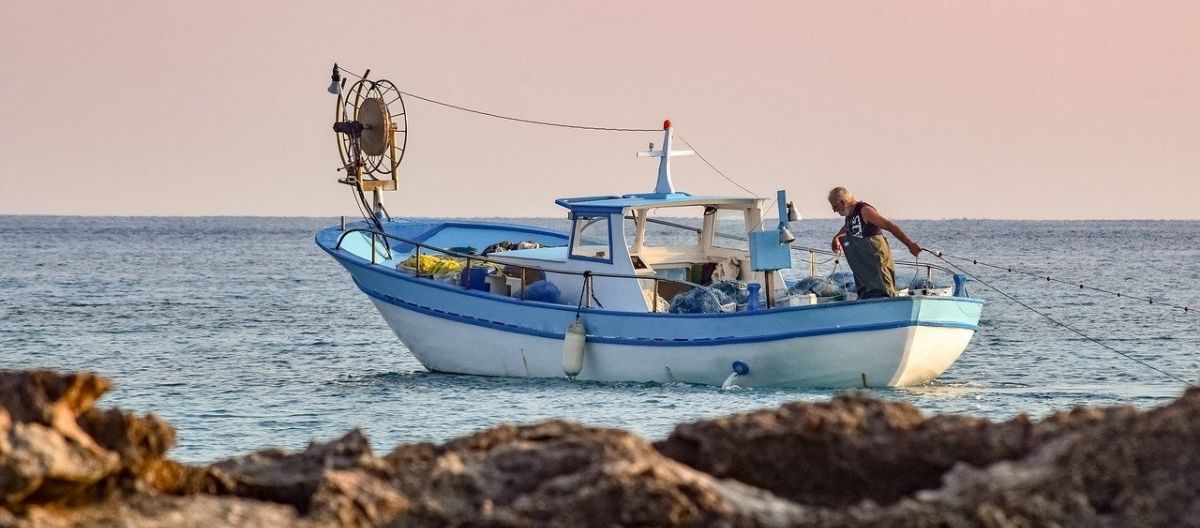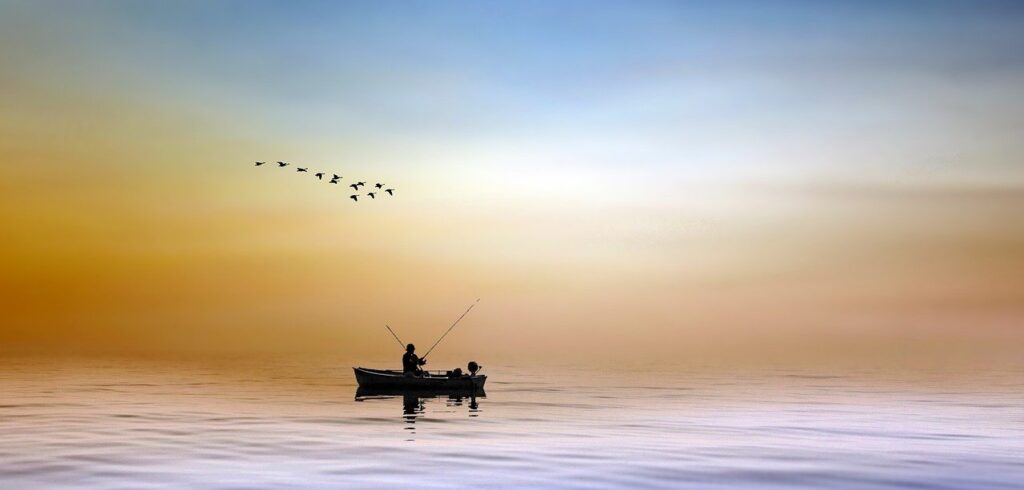
High Altitude Trolling
Offshore fishing, better known as deep sea trolling, has always been one of the disciplines that most fascinates the people of boat fishermen. The idea of lowering lures in the middle of the sea and looking for the pelagics has always seduced all lovers of trolling.
Speaking of high seas, generally we mean trolling at a considerable distance from the mainland, or on the bathymetric depths of 1000 and 2000 meters, but due to the particular conformation this technique can also be practiced at a short distance from coasts and islands. In some cases we can safely start talking about deep sea fishing from 150 meters deep onwards.
The high ground in our seas aims above all at migratory pelagics, which move on the high seas following very specific currents. Most of the dangerous prey are fish that, although they can offer a significant defense, do not reach such dimensions as to impose heavy equipment. If we exclude school tuna as prey, the other preys can easily be contrasted with light equipment, thus increasing the sportiness and spectacularity of the recovery. In general, you can orient yourself on 12-20 / 20-30 lbs rods and 20-30 lbs reels, with nylon 0.50-0.60 on the reel (30-40 lbs). At the end of the line in the reel, the leader made up of 7-9 meters of nylon from 0.70-0.80 is tied, at the top of which a swivel with at least 100 pounds carabiner is fixed.
An integral part of the fishing action, the boat must be equipped to facilitate this technique. This technique, in fact, provides for the arrangement in fishing of a number of baits that can vary from 4 to 10, with relative rods and housing that host them. To this we must add some essential accessories for a correct arrangement of the lures in fishing: the divergents. In summary, to optimize and make the fishing action comfortable you need at least 8 recessed rod holders and two divergent ones. On boats that do not have many rod holders, the problem can be overcome by using rod holders with multiple leads, which can double the fixed housing on the boat.

Speaking of surface lures, the market offers such a variety that it often creates a lot of confusion both in the purchase and in the subsequent use. Very often the purchase of a bait is dictated by personal taste and not by the possible use in fishing. The first parameter that differentiates a lure is the head. The head is the element that confers the characteristics of swimming and the attitude, and depending on the weight it determines a minimum of sinking or not. The heads can be in metal, plastic or rubber and differ between bullet, kona and jet.
The minnows for the high ground must have characteristics that allow them to swim linearly even at 7-8 knots, without the effect of speed tending to escape from the water. In addition to this, they must be able to guarantee a good sinking, to fish a few meters below the surface and therefore cover a different band of water than the surface baits.
The Offshore Assets
On the basis of the bait that will be lowered into the sea and the layout of the boat, it is possible to study different set-ups of bait in fishing. The first considerations to be made are related to the possible sinking of the minnow and to the surface baits, which in turn will have to pass under the longer lines. Having said that, the most congenial arrangement in order not to create intrigue between the lines, is the V-shaped or dovetail one. In this setting, the external baits are longer and the others go to scale up to the shorter power plants. The first thing to observe is the wake of the engines. The thrusters create a foamy trail, which follows the boat throughout the fishing action and we will need to have some lures in the wake and others completely out of wake, to propose all the possible variants to predators. The two furthest lures, hooked to the divergents, they must be lowered 120-140 meters from the stern. One of these will be a small surface lure, such as a soft-headed kona or a plastic-headed jet, while the other will be a large kona, preferably a soft-headed one, pulled by a 50 pounds and intended for a possible encounter. with a swordfish. These two lures work completely out of the wake of the engines.
Proceeding towards the stern of the boat, two other surface lures will be spun at 80-90 meters, here we can choose from the many surface variations and from the dozens of colors available, considering that these lures also fish out of the wake of the engines.
The other two lines spun 40-50 meters from the stern, fish in the middle of the wake, but not in the turbulence. These we can arm them with both sinking minnows and surface baits. In the vase choose the second solution, light-colored feathers are to be preferred.
The last lure spun 25-30 meters from the stern can be a sinking minnow or a good sized kona. This lure works in the midst of the turbulence of the propellers and mingles with the foam produced by them.
Having said this, we understand how important it is, in the distribution of the bait at the stern of the boat, to consider the wake and make sure to always have at least one bait that fishes at a very short distance from the stern, or in the most turbulent part of the shuffling caused by the propellers, and another completely out of the wake, or where the foam created by the engines ends.
